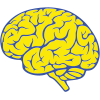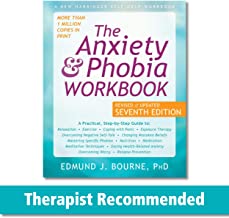Phobia-Phobic Disorders
A phobia is a type of anxiety disorder defined by a persistent and excessive fear of an object or situation. Phobias typically result in a rapid onset of fear and are present for more than six months.
Cluster Number:
Wiki Number: PW166
Diagnosis: Phobia-Phobic Disorders
US Patients: 8.7%-18.1% suffer-may not be patients;
World Patients: Specific-6-8% in Western world; 2-4% Asia, Africa & Latin America; Social-7% US; 0.5-2.5% elsewhere; agoraphobia-1.7%
Sex Ratio: M;W2, Phobias are the most common mental illness-challenge among women.
Age Onset: Ages 10-17; During or after the event lasting 6-months to permanently; 75% of those with phobias have multiple phobias.
Brain Area: Insula involved with the autonomic functions; anterior cingulate cortex, ventromedial prefrontal & medial prefrontal cortexes
Symptoms: an anxiety disorder with persistent and excessive fear of an object or situation. Phobias can be specific, social or agoraphobia-places
Progression: Range from mild concern to panic attacks-lose control over themselves physically.
Causes: Fear conditioning; traumatizing event; observing others who fear; the basolateral amygdala keeps a memory with the hippocampus
Medications: Social phobias-antidepressants, benzodiazepines or beta blockers//EMDR-Eye Movement Desensitization & Reprocessing
Therapies: Specific phobias (such as, spiders, snakes, heights)use-exposure therapy; social phobias-systematic desensitization, relaxation
Youtube Video: Phobias? Why Do We Have Them?
Amazon or Library Book: The Anxiety and Phobia Workbook
Click the book to link or order from Amazon.

